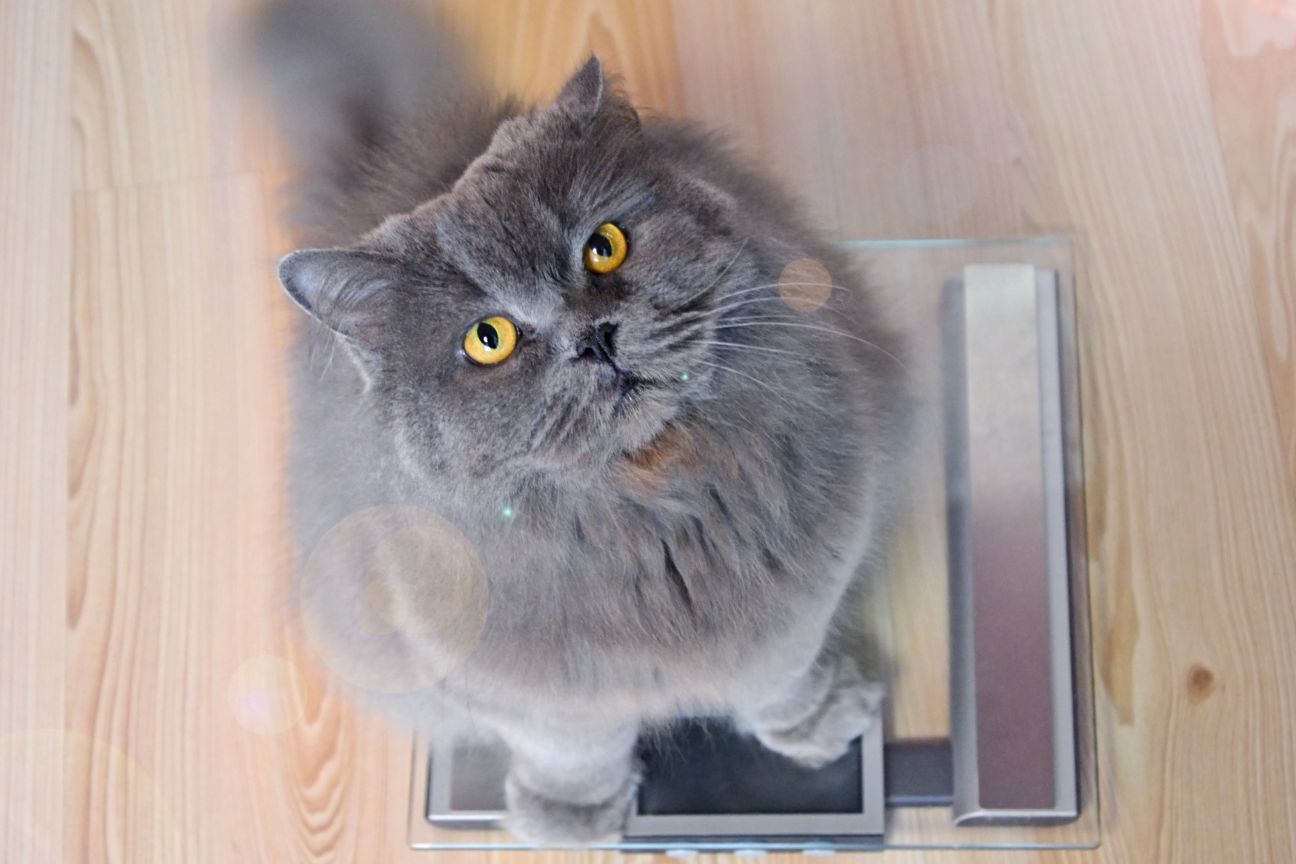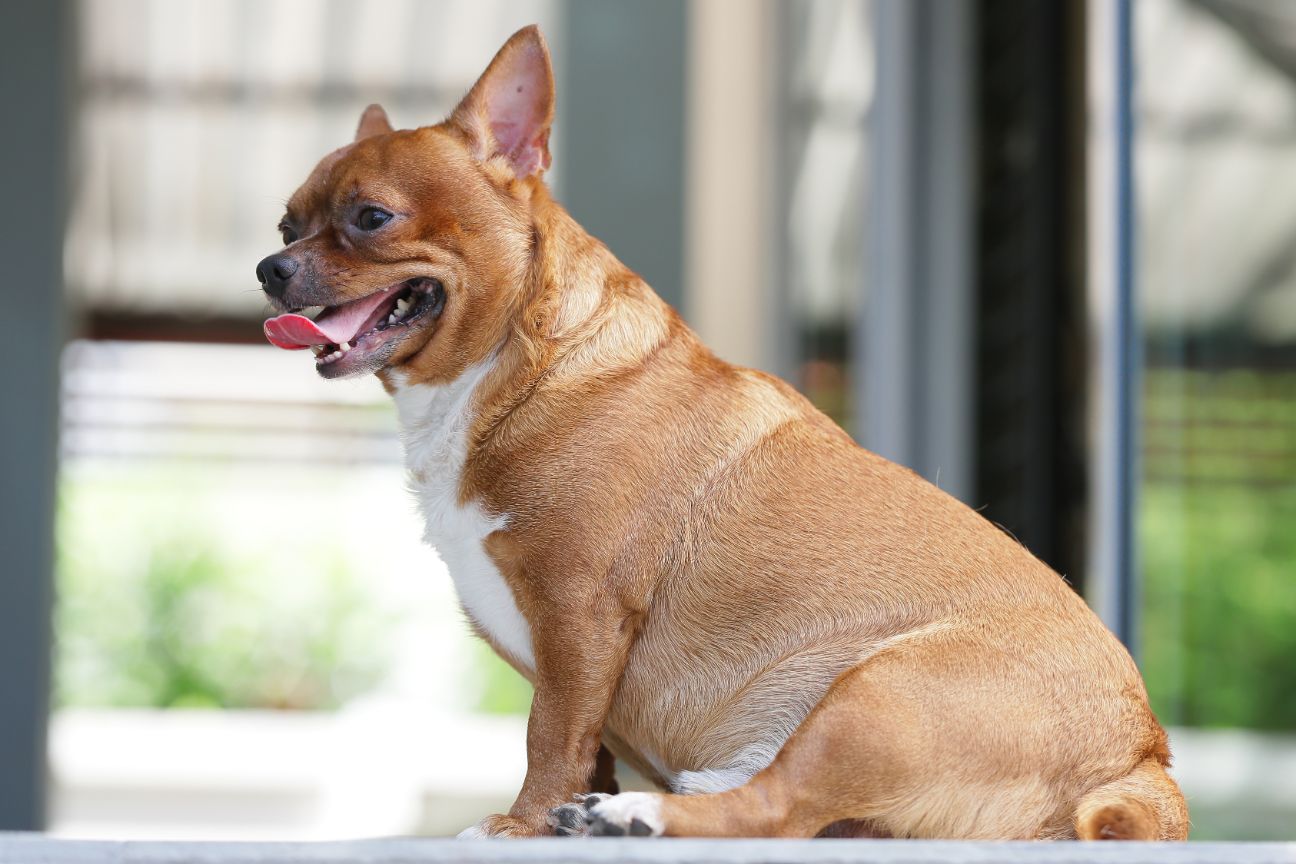Can you tell whether your pet is cutely round and tubby or could there be a possibility that they are obese? Read on to find out, and if positively obese, how you can help!
Pet Obesity is defined as excess fat in your pet’s body, enough to impair their health, welfare, and quality of life. Round and tubby are often considered cute, however, as a responsible pet owner, you should be able to tell the difference between a ‘healthy dog’ or an ‘obese dog’! So, how do you know?
- You should be able to see and feel the outline of your dog’s ribs without excess fat covering them.
- You should be able to see and feel your dog’s waist and it should be clearly visible when viewed from above.
- Your dog’s belly should be tucked up when viewed from the side.

Excess fat or obesity can happen to your pet for many reasons. Sometimes, it can be medical, e.g. a hormonal imbalance causing hypothyroidism. If you feel your pet has suddenly put on weight in the last few months with no activity or food change, you should immediately take your pet to the vet for a check-up and let them diagnose the cause of the weight gain. Often, obesity also sets in with age and sometimes post neutering or spaying when coupled with a lack of exercise and activity.
Most often, however, obesity happens because we ‘overfeed’ our pets. Sometimes we do this out of the lack of knowledge and sometimes out of misguided love. Have you caught yourself sneaking in that off-the-table treat or given your pet an extra treat because they’ve been giving you the melting eyes that you just can’t resist? A treat that you may consider small, e.g. an additional one buttered toast per day can amount to almost 1/3rd of the total calories required by a medium-sized dog. Thus, if you are feeding your pet 30% extra daily, excess fat is bound to find its place in your pet’s body and settle there!
Why Should You Be Worried About Obesity?
Weight gain in pets leads to a lot of worrisome problems like exercise intolerance, hypertension, or increased blood pressure, heat intolerance, liver dysfunction, diabetes, arthritis, and a lowered immunity. An increased fat percentage also increases surgical and anaesthetic risk. We certainly don’t want these for pets!

So, What Can You Do?
- Recognise and accept that your pet is overweight or
- Visit the vet to find out the cause of obesity or weight gain
- Your vet may either prescribe medication for a medical condition causing obesity or simply a change in diet and an increase in exercise. Follow it!
While signing off, I’d like to say that fat may be cute for some, but excess fat does not make for a healthy or happy dog or cat. Ensuring your pet is at a healthy weight always is one of the best ways to guarantee a good quality life for it!